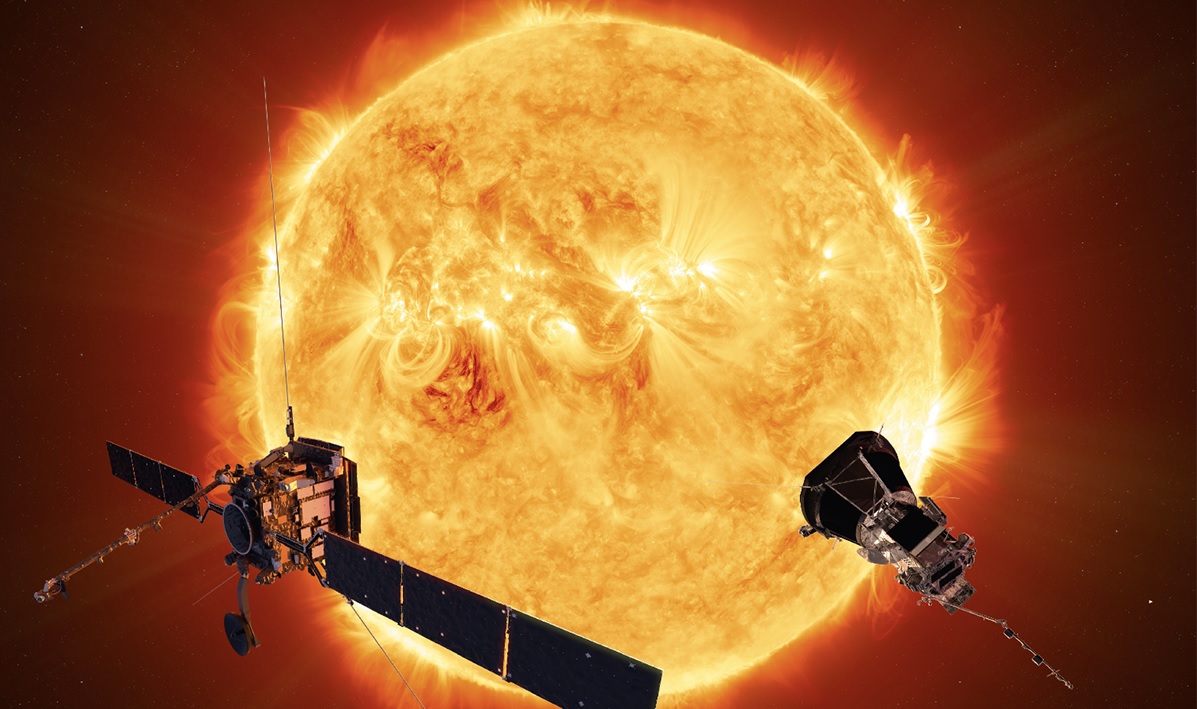Sun Unleashes Massive X8.7 Solar Flare: Biggest of Current Cycle from Super-Active Monster Sunspot

India
In early May 2024, Earth faced a massive solar storm triggered by Sun's active region AR13664, causing disruptions to communication and GPS systems worldwide. ISRO's swift response and global observations provide crucial insights into this intense geomagnetic event.
On early May 2024, Earth experienced a significant solar storm, courtesy of the highly active region AR13664 on the Sun. The Indian Space Research Organisation (ISRO) revealed that this region unleashed a series of powerful X-class flares and Coronal Mass Ejections (CMEs) directed at our planet. According to ISRO, this geomagnetic storm stands as the most intense since 2003, causing disruptions to communication and GPS systems worldwide.
ISRO highlighted that the flaring region on the Sun was of notable size, reminiscent of the historically significant Carrington event of 1859. Over the past few days, multiple X-class flares and CMEs have bombarded Earth, exacerbating the situation.
The effects of this solar event have been particularly severe over high latitudes, leading to reports of trans-polar flights being diverted. ISRO cautioned that more such events are expected in the coming days.
Fortunately, India experienced relatively lesser impact as the main thrust of the storm occurred during the early morning hours of May 11, when the ionosphere had not fully formed. Additionally, being situated at lower latitudes, widespread outages were not reported in India.
ISRO emphasized that the ionosphere, a critical part of Earth's upper atmosphere crucial for communication and navigation, was notably turbulent over the Pacific and American sectors.
The Ionosphere, situated between 80 and about 600 km above Earth's surface, plays a pivotal role in reflecting and modifying radio waves. It is ionized by extreme ultraviolet and x-ray solar radiation, creating a layer of electrons vital for various communications and navigation systems.
ISRO has promptly mobilized all its observation platforms and systems to record the signatures of this solar event. Both the Aditya-L1 and Chandrayaan-2 missions have made observations, and their data is under analysis.
"The ASPEX payload on-board Aditya-L1 is showing high-speed solar wind, high-temperature solar wind plasma, and energetic ion flux," reported ISRO.
In conclusion, Earth has weathered a substantial solar storm, reminding us of the powerful forces at play beyond our atmosphere. ISRO's vigilance and swift response demonstrate the importance of global cooperation and advanced technology in monitoring and mitigating the impact of such celestial phenomena.


